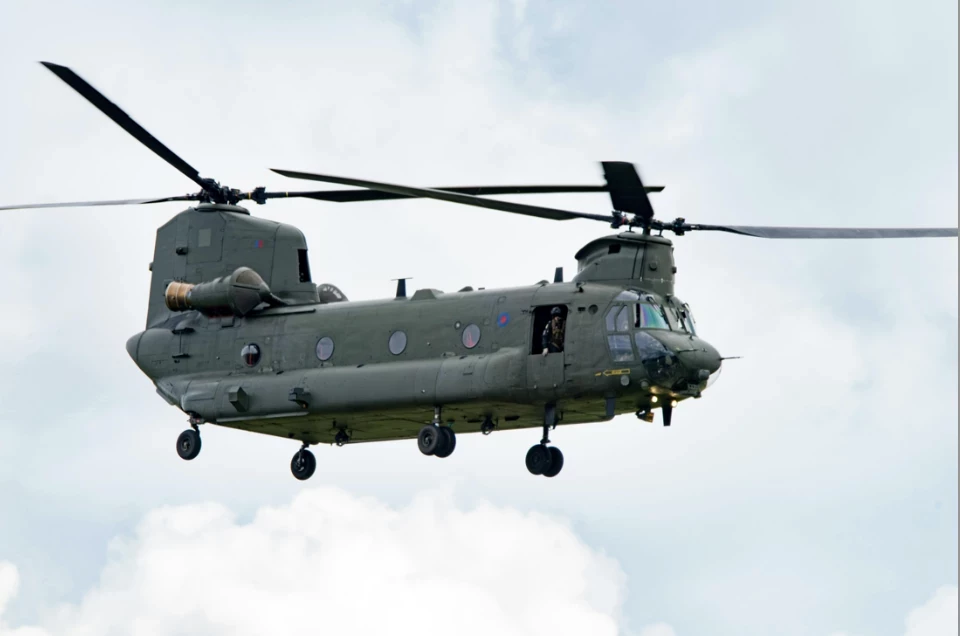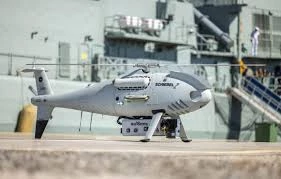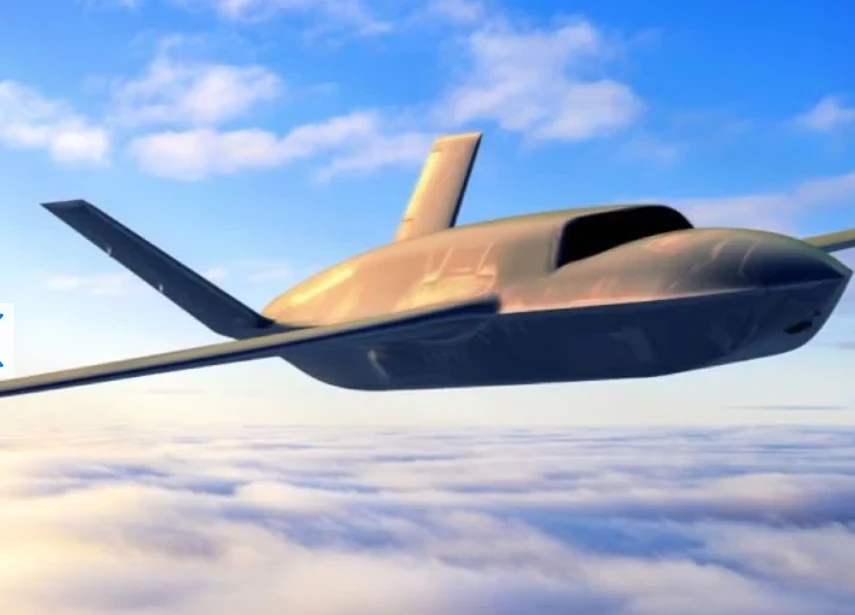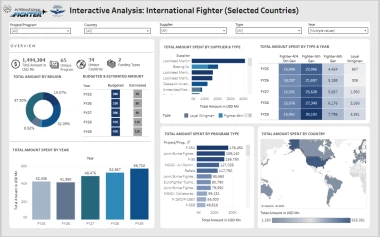US joint surveillance plans could be scrapped in days
Long-standing plans to replace the Air Force E-8 system may be cancelled for an 'alternative'
Add bookmarkImage: US Air Force photo/Staff Sgt. Alexandre Montes
A decision on whether to cancel the US Air Force’s long-awaited E-8 JSTARS (Joint Surveillance Target Attack Radar System) recapitalisation programme may be made public at the end of October, according to comments made by USAF Secretary Heather Wilson.
Rumours arose over the summer that JSTARS may be scrapped in favour of 'alternative' platforms, sparking intense speculation about new contracts across the defence and aerospace industry.
SEE ALSO: ISR and AEW Aircraft Market Report
Wilson, during a speech at the Center for Strategic and International Studies (CSIS) in Washington, told the audience that analysis is underway on whether the technology set for adoption is still mature enough to keep up with the pace of development in sensors, suggesting an announcement could be made within days.
USAF decision-makers are mulling the possibility of exploring “alternative intelligence, surveillance and reconnaissance platforms”
News of the reassessment has alarmed parts of the community. In September, two US senators wrote a letter to Defense Secretary James Mattis stating concerns over suggestions that USAF decision-makers are mulling the possibility of exploring “alternative intelligence, surveillance and reconnaissance platforms”.
At present, a fleet of 16 JSTARS (Northrop Grumman modified E-8C) aircraft operate out of Robins Air Force Base, Georgia. The competition to replace the fleet is in its final stages, with three companies now preparing their best and final offers ahead of source selection in March 2018.
Boeing (with its 737-700 airliner), Lockheed Martin (with the Bombardier Global 6000 business jet) and Northrop Grumman (with the Gulfstream G550 business jet) are each hoping to provide 10 on-board system operator stations, and to integrate new surveillance radars from either Raytheon or Northrop Grumman from 2023.
Despite the rumours, USAF has previously said the service intends to follow through with the recapitalisation programme while also launching an evaluation of "alternative and more effective approaches" to battlefield command and control.
It is understood that strategists have become concerned over an increased air defence threat to large-scale ISR platforms, spurring discussions over whether there are safer ways to acquire ground moving target indicator (GMTI) data.
Following the senatorial letter, an amendment was made to the 2018 National Defense Authorization Act limiting USAF’s ability to cancel the JSTARS replacement without an alternative approach established or if there is risk of a capability gap appearing.
Strategists have become concerned over an increased air defence threat to large-scale ISR platforms
The contract for a new JSTARS platform offers around $7bn for the engineering, manufacturing and development of 17 new aircraft, including provision of all aspects of the system, including airframe, radar, communication systems, and battle management command and control.
Aside to JSTARS, Wilson also used the CSIS speech to stress he importance of modernising the air force for space operations.
“We need to normalise space from a national security perspective,” she said.
“We have to have all of our officers who are wearing blue uniforms more knowledgeable about space capabilities and how they connect to the other domains.”
Are you involved in airborne ISR? Let us know your thoughts in the comments section below and download our latest report on the subject...





















